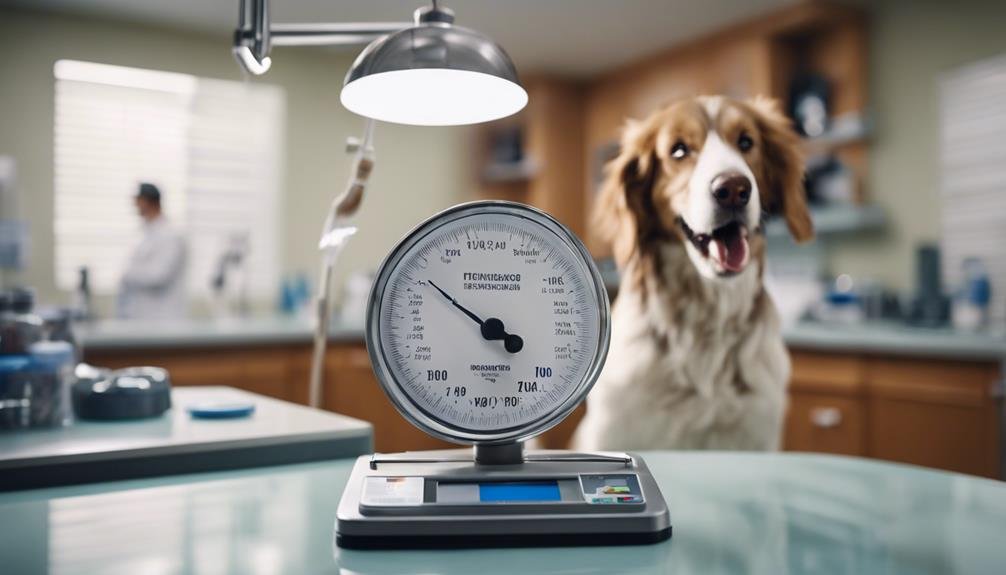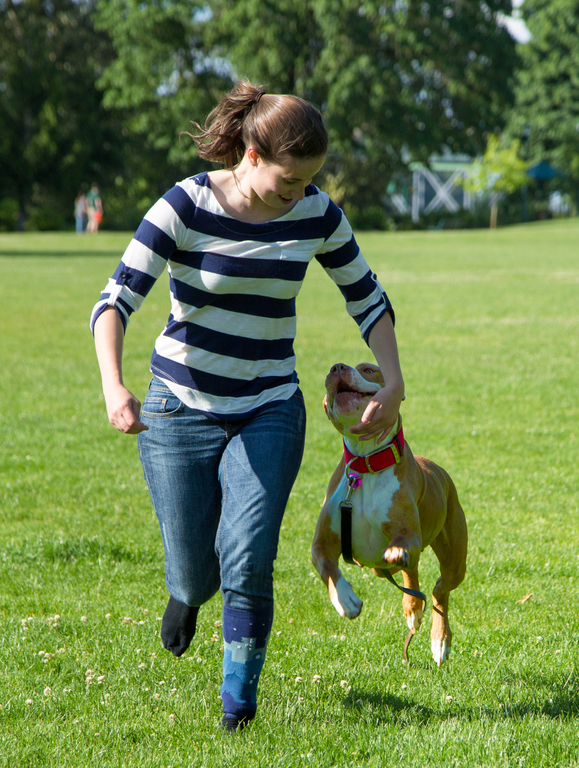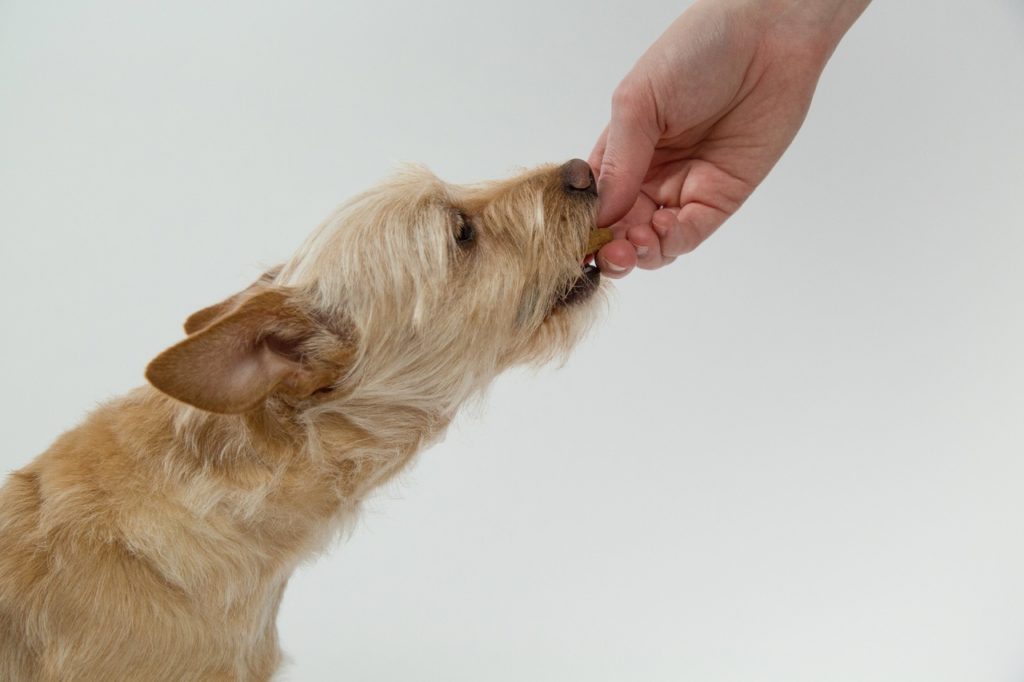Exploring the realm of dog tooth extraction unveils a spectrum of considerations encompassing costs, recovery time, and aftercare. This pivotal procedure is not merely a dental intervention but a vital step towards restoring canine oral health.
As we delve into the intricacies of this process, understanding the financial aspects, post-operative protocols, and the duration of recovery becomes paramount.
By delving into these facets, we unravel a tapestry of information crucial for dog owners seeking to navigate the landscape of canine dental care with diligence and insight.
Key Takeaways
- Proper dental care reduces the need for costly extractions.
- Recovery includes soft diet, limited activity, and pain management.
- Professional extraction surgeries are crucial for safe and effective procedures.
- Costs vary based on dental issues, surgery complexity, and anesthesia quality.
Reasons for Dog Tooth Extraction
Dog tooth extraction is necessary in cases where periodontal disease causes severe damage to the supporting structures of a dog's teeth. Periodontal disease, if left untreated, can lead to inflammation, infection, and destruction of the tissues surrounding the teeth, ultimately resulting in tooth loss.
Additionally, broken teeth with exposed nerves, traumatic occlusion from teeth hitting each other, and unerupted teeth commonly seen in specific breeds may also necessitate extractions. Tooth decay affecting around 10% of dogs, while sometimes correctable with fillings, can also be a reason for extraction if the decay is extensive.
Understanding these reasons is crucial for pet owners to recognize when their dog may require tooth extraction to maintain their overall oral health and well-being.
Dog Tooth Extraction Procedure
When it comes to addressing the necessity of dog tooth extraction due to various dental issues such as periodontal disease or broken teeth, understanding the meticulous procedure involved is essential for ensuring the optimal oral health and well-being of our canine companions.
The dog tooth extraction procedure typically begins with crucial dental X-rays to identify any underlying issues accurately. Most extractions are performed following a thorough dental cleaning to reduce the risk of complications. The process involves complex steps that often require oral surgery, emphasizing the need for professional extraction surgeries performed by veterinarians.
Home extractions are strongly discouraged due to the intricacies and potential risks involved. By following these steps carefully, the procedure can be carried out effectively to alleviate the dental problems affecting the dog's health.
Recovery and Aftercare

Proper post-operative care following a dog tooth extraction procedure is crucial for ensuring a smooth and successful recovery process. After the extraction, it is essential to protect the absorbable sutures to prevent any complications.
A soft food diet for 10-14 days post-procedure helps in easing the healing process. It is advisable to limit rough play and avoid giving chew toys during the recovery period to prevent any strain on the healing area.
Veterinarians often prescribe pain medication and antibiotics to manage discomfort and prevent infections. Senior dogs may require extra post-operative care due to their age, emphasizing the importance of monitoring them closely during the recovery period.
Costs of Dog Tooth Extraction
Following a successful dog tooth extraction procedure, it is essential to consider the associated costs involved in the comprehensive dental care provided for your canine companion.
- Dental cleaning, X-rays, bloodwork, and hospitalization: $500-$900.
- Additional fees based on surgery complexity.
- Range from $40 for small front teeth to $350 for large back teeth.
- Emphasis on not compromising anesthesia quality.
The costs of dog tooth extraction can vary depending on various factors such as the extent of the dental issues, the complexity of the surgery, and the specific veterinary clinic chosen for the procedure. It is crucial to prioritize your dog's oral health and be prepared for the financial aspects involved in ensuring their well-being.
Tooth Extraction Recovery Time

After undergoing a dog tooth extraction procedure, understanding the expected recovery time is crucial for ensuring your canine companion's post-operative care. The recovery time for a dog after a tooth extraction can vary depending on the complexity of the extraction, the number of teeth removed, and the overall health of the dog.
In general, most dogs will require about 7-10 days to recover fully from a tooth extraction surgery. During this recovery period, it is important to closely monitor your dog for any signs of discomfort, swelling, or infection.
Following your veterinarian's post-operative care instructions, such as administering prescribed medications, feeding soft foods, and limiting physical activity, will help promote a smooth and speedy recovery for your furry friend.
Dog Tooth Extraction Aftercare Tips
Upon concluding the recovery time discussion for dog tooth extraction procedures, it is imperative to highlight essential aftercare tips to facilitate optimal healing and well-being for your canine companion.
- Monitor for excessive bleeding or swelling.
- Maintain the prescribed medication schedule.
- Avoid hard toys or treats that may damage the surgical site.
- Schedule a follow-up appointment with the veterinarian to ensure proper healing.
Following these aftercare tips diligently can significantly contribute to a smooth recovery process for your dog after a tooth extraction procedure. Remember, providing a calm and comfortable environment for your furry friend is crucial during this healing period.
Factors Affecting Tooth Extraction Costs

Factors influencing the costs of dog tooth extraction procedures vary depending on the complexity of the surgery and additional services required. The primary cost factors include the need for dental cleaning, X-rays, bloodwork, and potential hospitalization, which typically range from $500 to $900.
Additional fees are often based on the complexity of the surgery, varying from around $40 for extraction of small front teeth to approximately $350 for larger back teeth. It is crucial not to compromise on the quality of anesthesia, as this is a critical component of the procedure.
Importance of Preventative Dental Care
Maintaining proper oral hygiene through regular dental care is essential for preventing the need for dog tooth extraction procedures. To ensure your furry friend's teeth stay healthy, consider the following preventative measures:
- Regular teeth brushing for dental health.
- Provide teeth cleaning toys to help reduce plaque buildup.
- Schedule professional teeth cleanings several times a year to address any developing issues early.
- Implement proper dental care practices to minimize the risk of future extractions and maintain overall oral health.
Conclusion
In conclusion, dog tooth extraction is a crucial procedure in veterinary dentistry to alleviate pain and restore oral health in canines. Understanding the reasons for extraction, the meticulous procedure involved, and the importance of post-operative care is essential for optimal recovery.
By emphasizing preventative dental care and early detection, dog owners can help maintain their furry companions' dental health and minimize the need for extractions.




